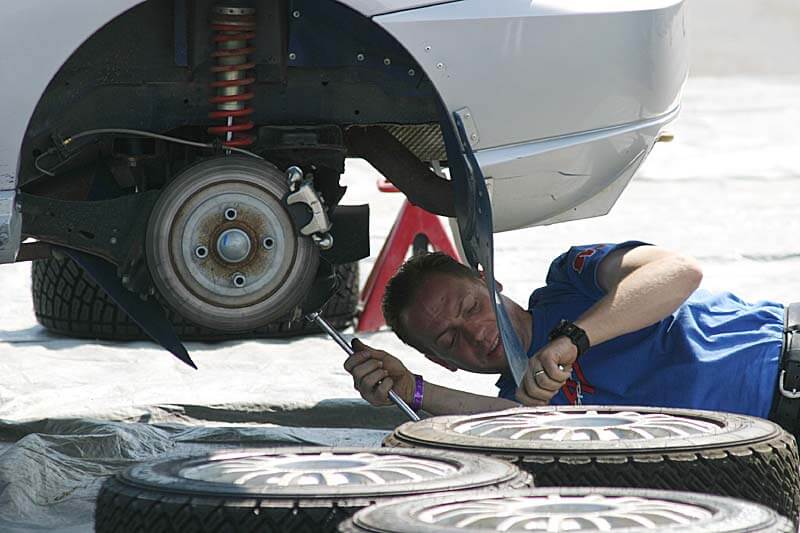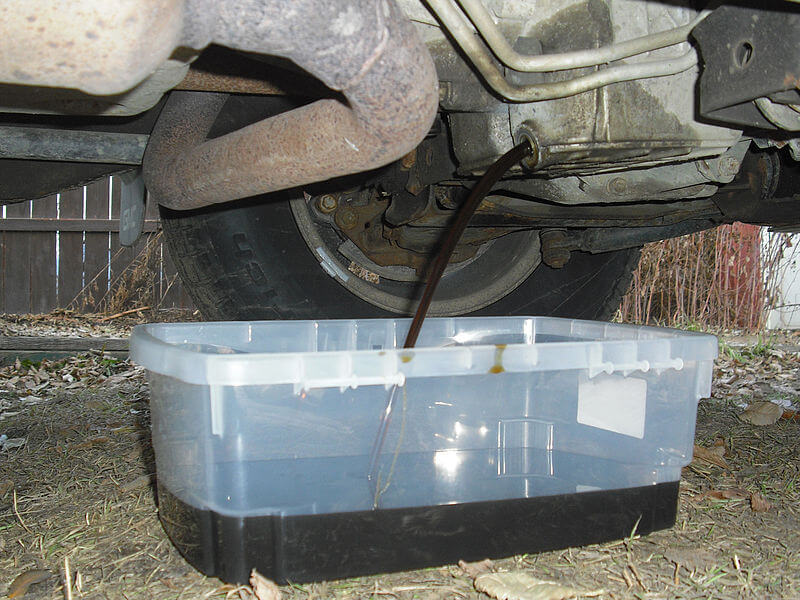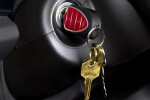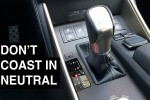Smooth rides don’t happen, you have to make them happen. Owning a vehicle is not nearly as important as knowing how to care for it. Proper care is required to maintain the good quality of the automobile and extend its life. In Africa where trends don’t matter, a car that is properly cared for could last decades while a neglected one of the exact same make could reach its end date in just a couple of years, that is, if it doesn’t crash its way to the junkyard sooner than that.

Care for the suspension system of a car is very important
Image source: http://en.wikipedia.org/wiki/Auto_mechanic
Besides the obvious care tips, below are a couple of essentials to know about car care.
My car nose dips after braking … what could be wrong?
Does the front part of your car tend to point downwards when you engage the brakes? As exciting and movie-like as that may seem, this could be an indication of a problem with the suspensions/shocks or the struts. It should be solved immediately as delay could worsen the situation leading to:
- Short loss of steering
- Lengthened braking/stopping times
A couple of solutions to nose dives include:
- Shifting the battery from the front to the rear; this is to try relieving the front part of some extra weight.
- Giving the front struts some more anti-dive angle; but be careful not to cause bind as the car already has a built in angle.
- Adjust the valving in the struts to make them stiffer could assist in keeping things level and keeping the car well grounded.
- Adjust the suspensions to make them softer on the back and stiffer at the front.
What do my squealing brakes imply?
Noise in the brakes could be normal or it could be indicative of a certain fault in your car components; but generally, squealing is caused by vibration resulting from motion amongst the brake pads, calipers, drums and rotors. The noise could therefore result from:
- Loose semi-metallic brake pads
- Lack of pad insulators, springs, shims or anti-rattle clips
- Glazed or outworn rotors
- Retouched rotors given too-rough a finish
- Worn out caliper mounts
- Loosened caliper framework hardware
- Loose or broken parts inside the drum
- Worn out brake linings
When to change the shock absorber
The suspension system is one of the most important car components yet it is very often one of the most overlooked bits during car maintenance and care. What are some red light indications of worn out shock absorbers?
- Vibrations through the steering wheel
- Nose diving and swerving of the vehicle upon braking
- Car takes a longer distance to stop after brakes have been engaged
- Car veering and sliding in mild winds
- Rattling and rocking when driving over uneven surfaces
- Patchy/uneven wearing patterns on the tires
- Visible physical damage on the shocks upon inspection
- Car ‘squats’ when you accelerate from complete rest

Oil change in progress. This is an important part of car care
Image source: http://en.wikipedia.org/wiki/Auto_maintenance
Understand the importance of fuel, air and oil filters
- Air & Fuel Filters
They prevent bugs, leaves and other form of dirt from making their way to the engine and causing abrasion and clogging. Improved air flow reduces the amount of gasoline used hence optimizing MPG and improving the car’s mileage.
- Oil Filters
They scrub the engine oil ridding it of impurities and harmful floating garbage such as metal shavings, carbon and even sludge, which can wear the engine bearings resulting in reduced oil pressure.






It’s important to check the condition of our car’s air filter at regular intervals. Experts advise changing air filter every 12000 miles or once a year and this will help in increasing performance and also to improve fuel efficiency of vehicle.